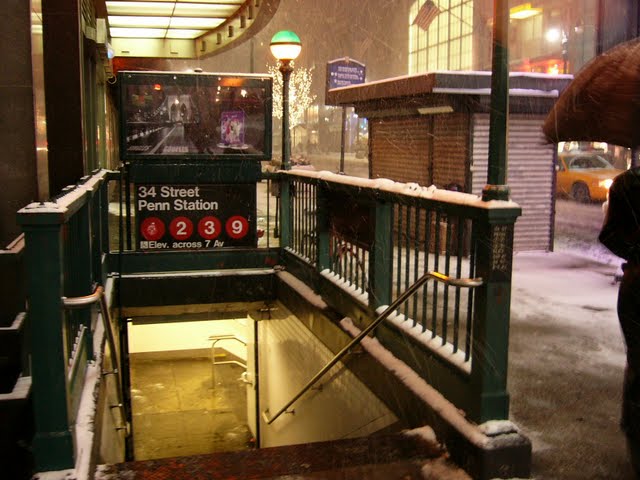
A nearly unprecedented outburst has raised Comet 17P/Holmes from a 17th-magnitude object visible only through large telescopes into plain view without optical aid. The comet lies in Perseus the Hero and will remain visible all night from most of the Northern Hemisphere.
This morning, observers in Japan reported Comet Holmes glowing at 3rd magnitude — bright enough to see with naked eyes even from most cities — and still growing brighter. If you have clear weather tonight, head out once the sky darkens and look toward the northeast.
The comet lies about 30° high — one-third of the way from the horizon to straight overhead — at 9 p.m. local daylight time. It then appears about twice as high as the bright star Capella. For observers at mid-northern latitudes, the comet climbs directly overhead between 2 and 3 a.m. You'll have to contend with a nearly Full Moon all night, but you still should see the comet plainly.
Unlike most bright comets, Holmes doesn't possess a long tail. It looks just like a modestly bright star, so you'll need to use the finder chart to zero in on it. Even large telescopes reveal no details. The comet currently lies 150 million miles (245 million km) from Earth and 225 million miles (365 million km) from the Sun.
No one knows how long the outburst will last. When London observer Edwin Holmes discovered the comet in November 1892, it was also in an outburst and some 100,000 times brighter than it normally is. During that appearance, the comet faded 3 magnitudes in the course of a week.










No comments:
Post a Comment